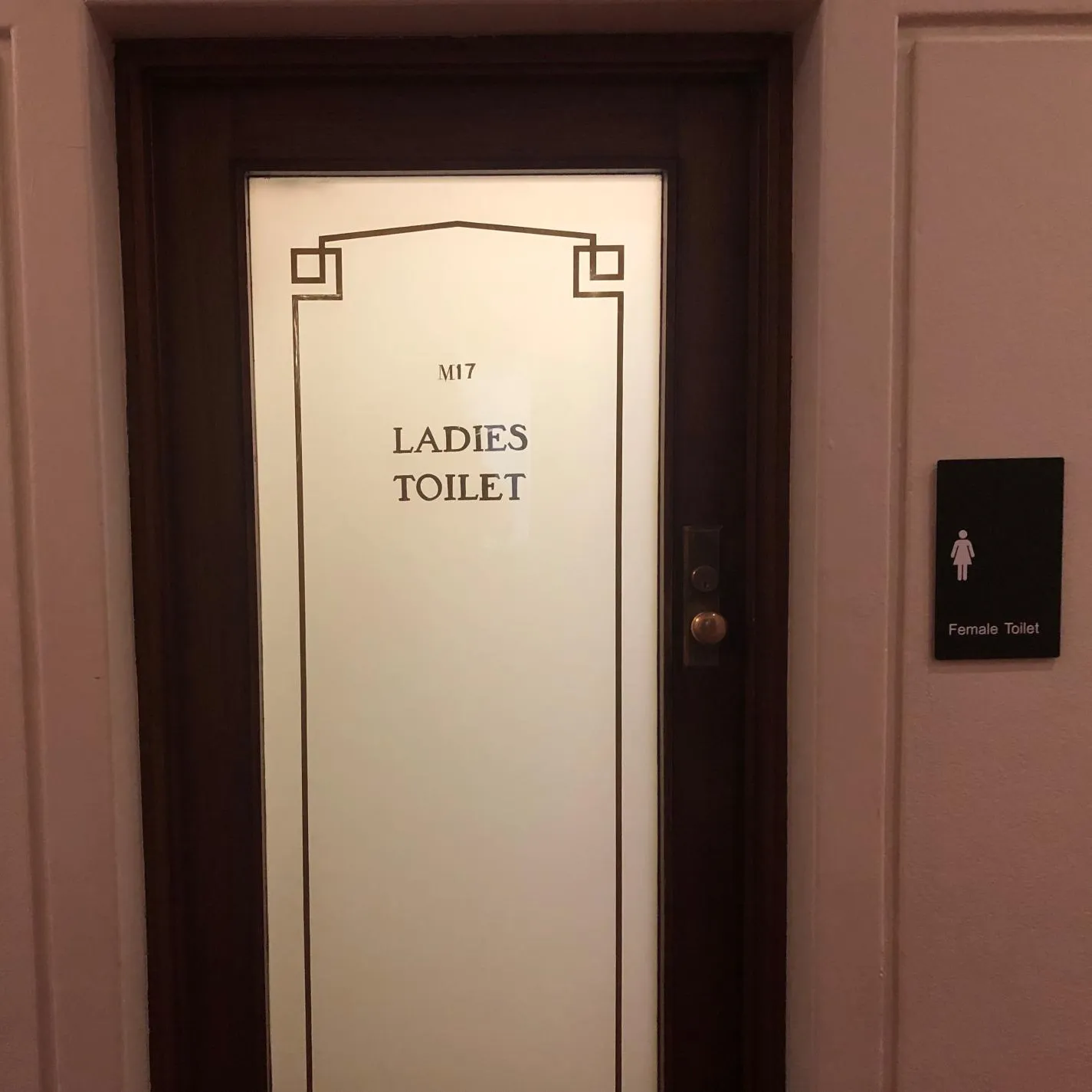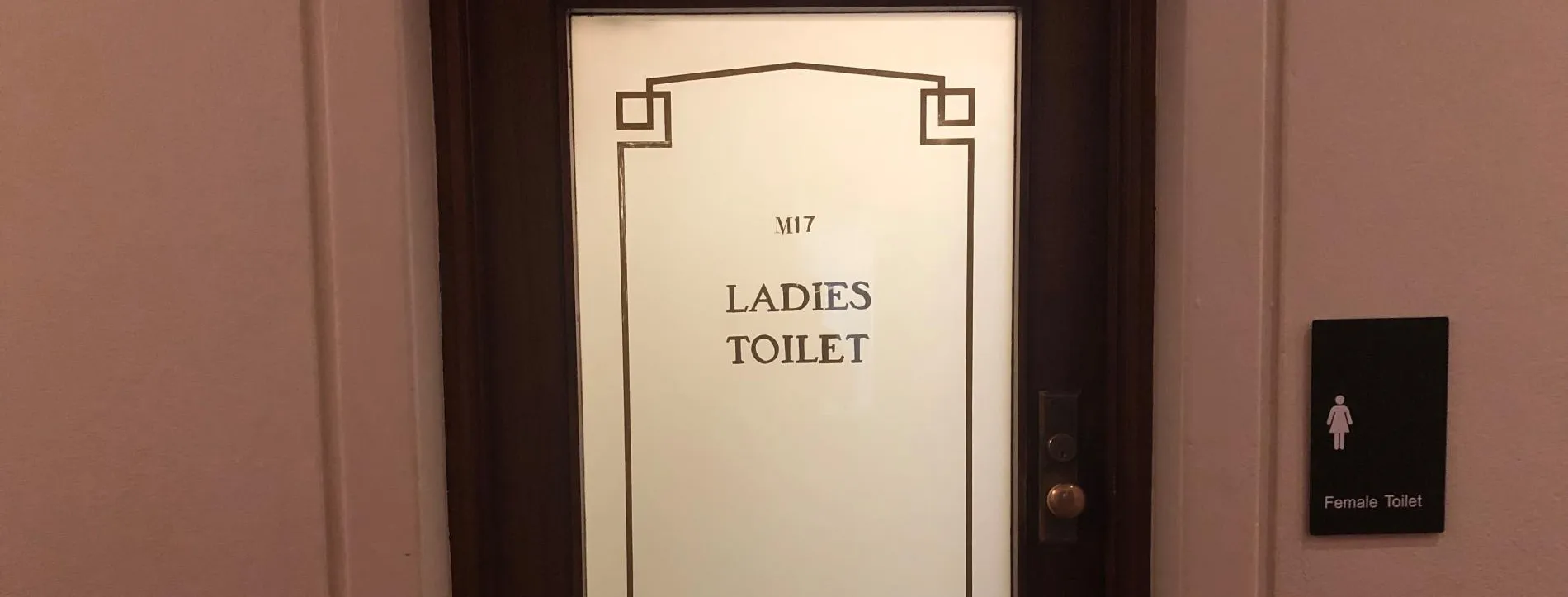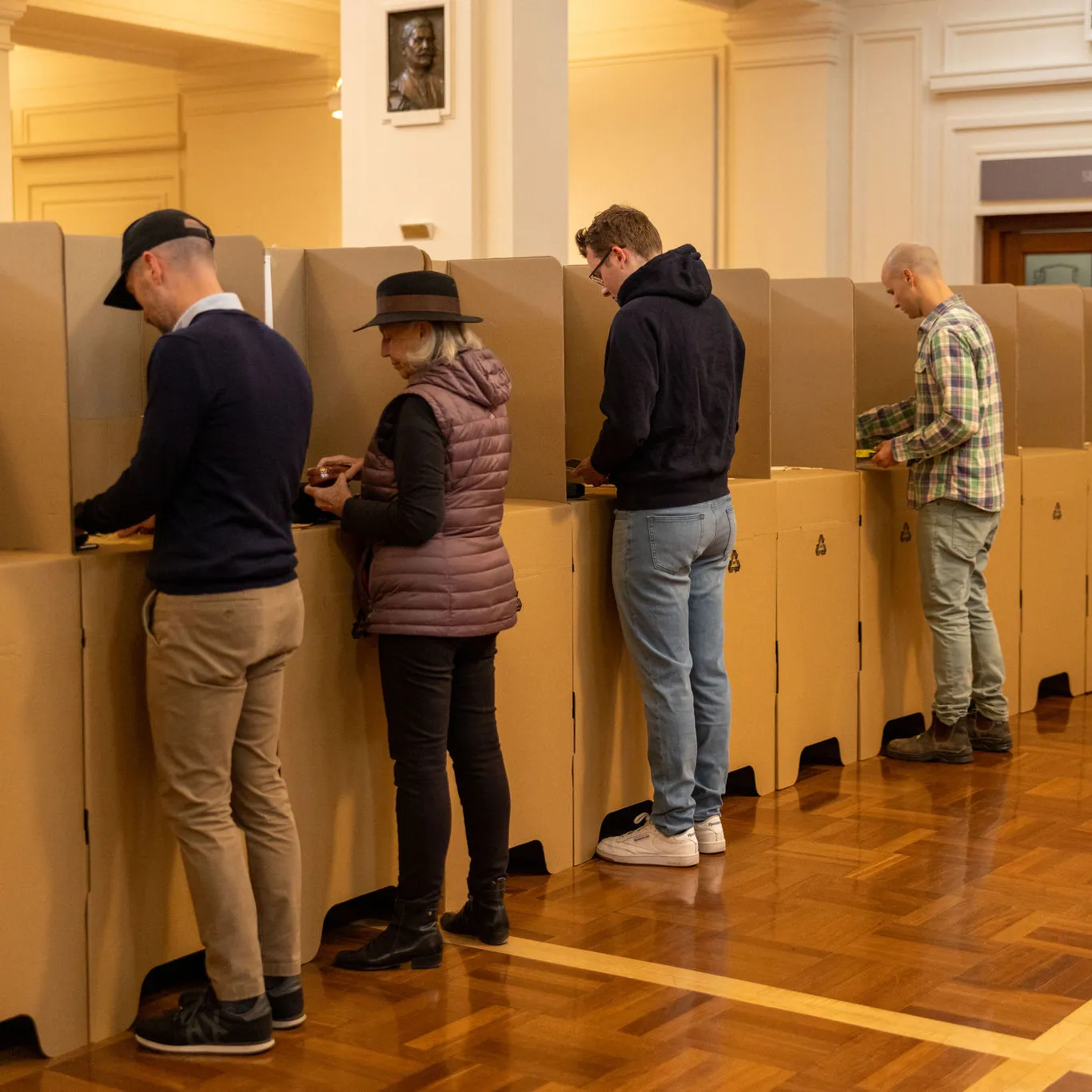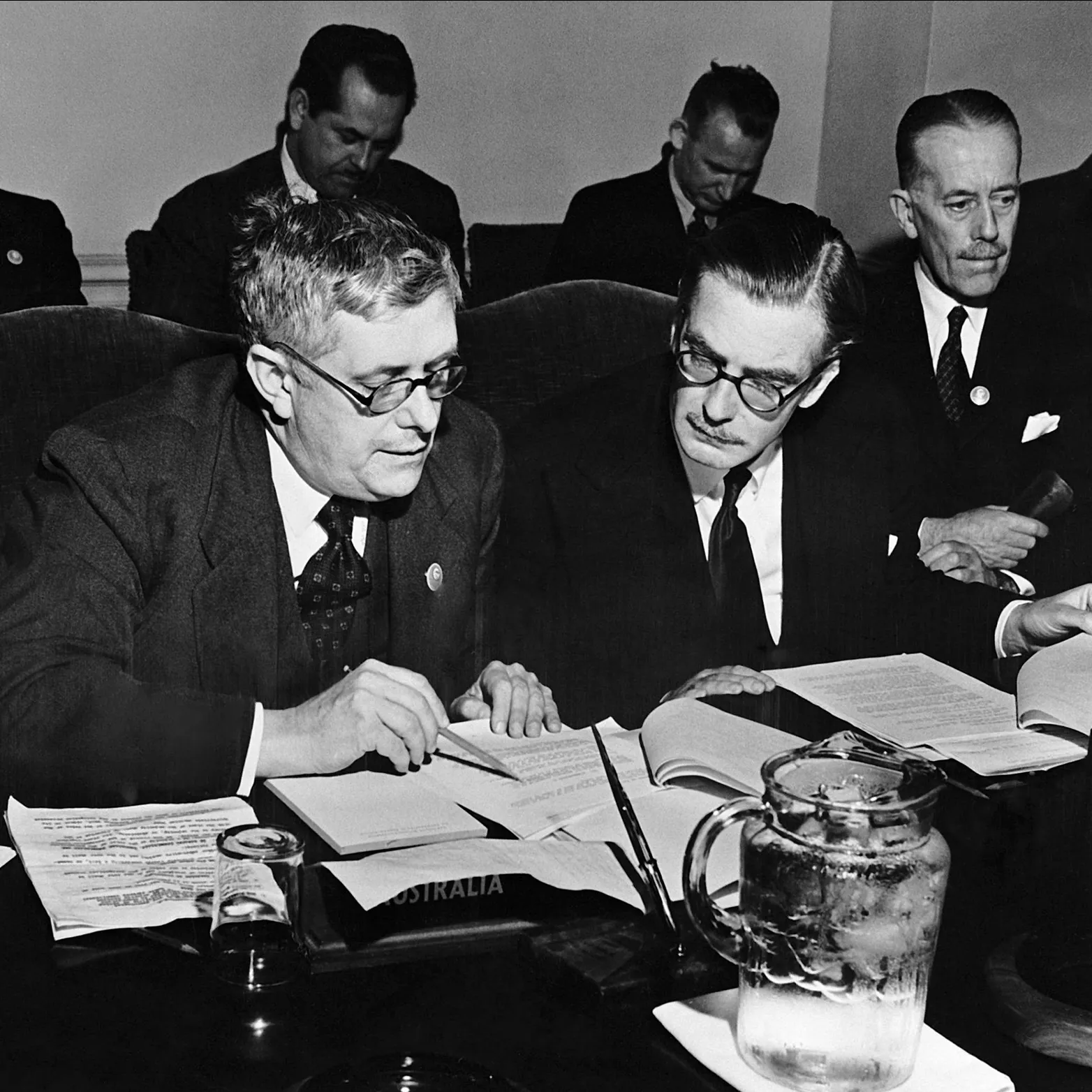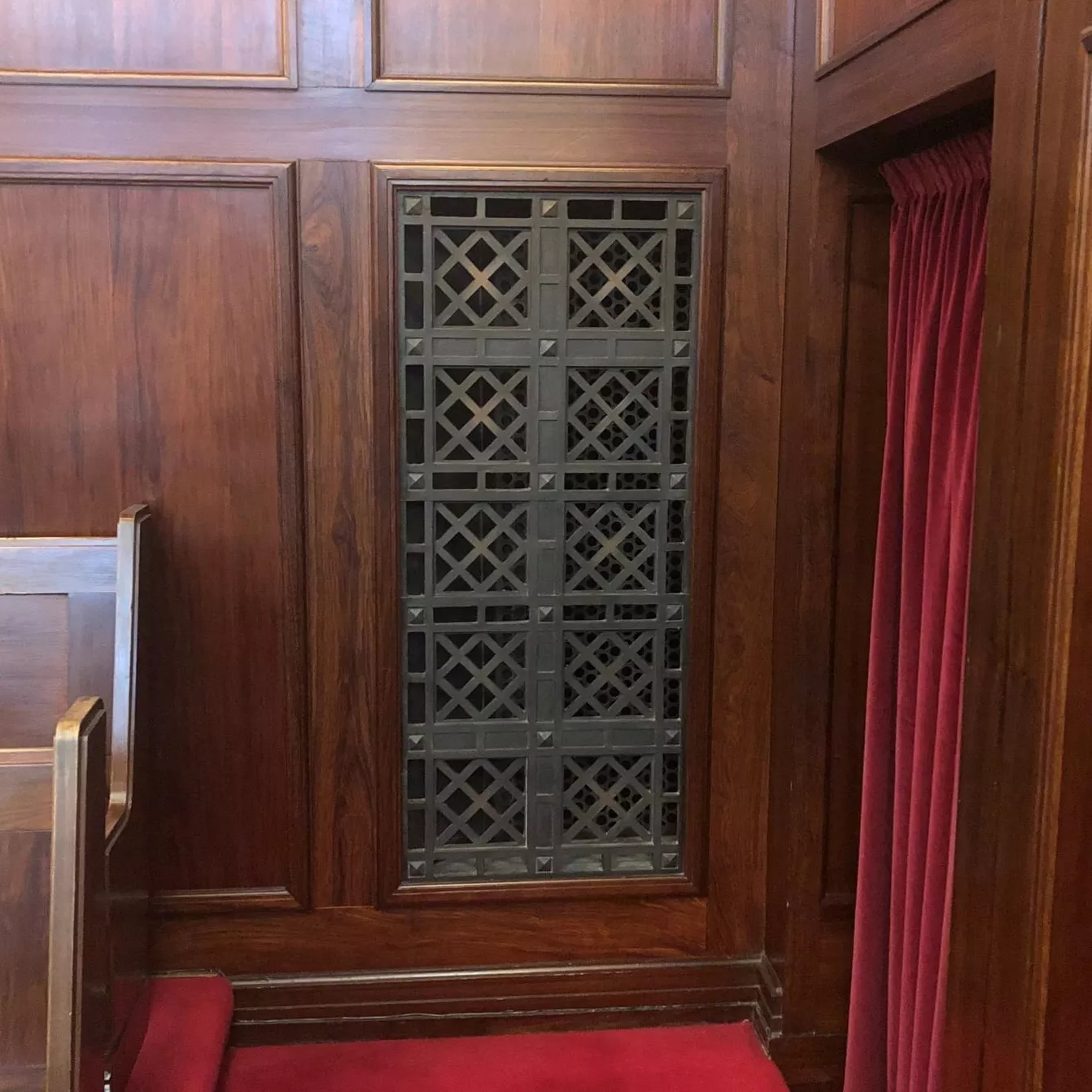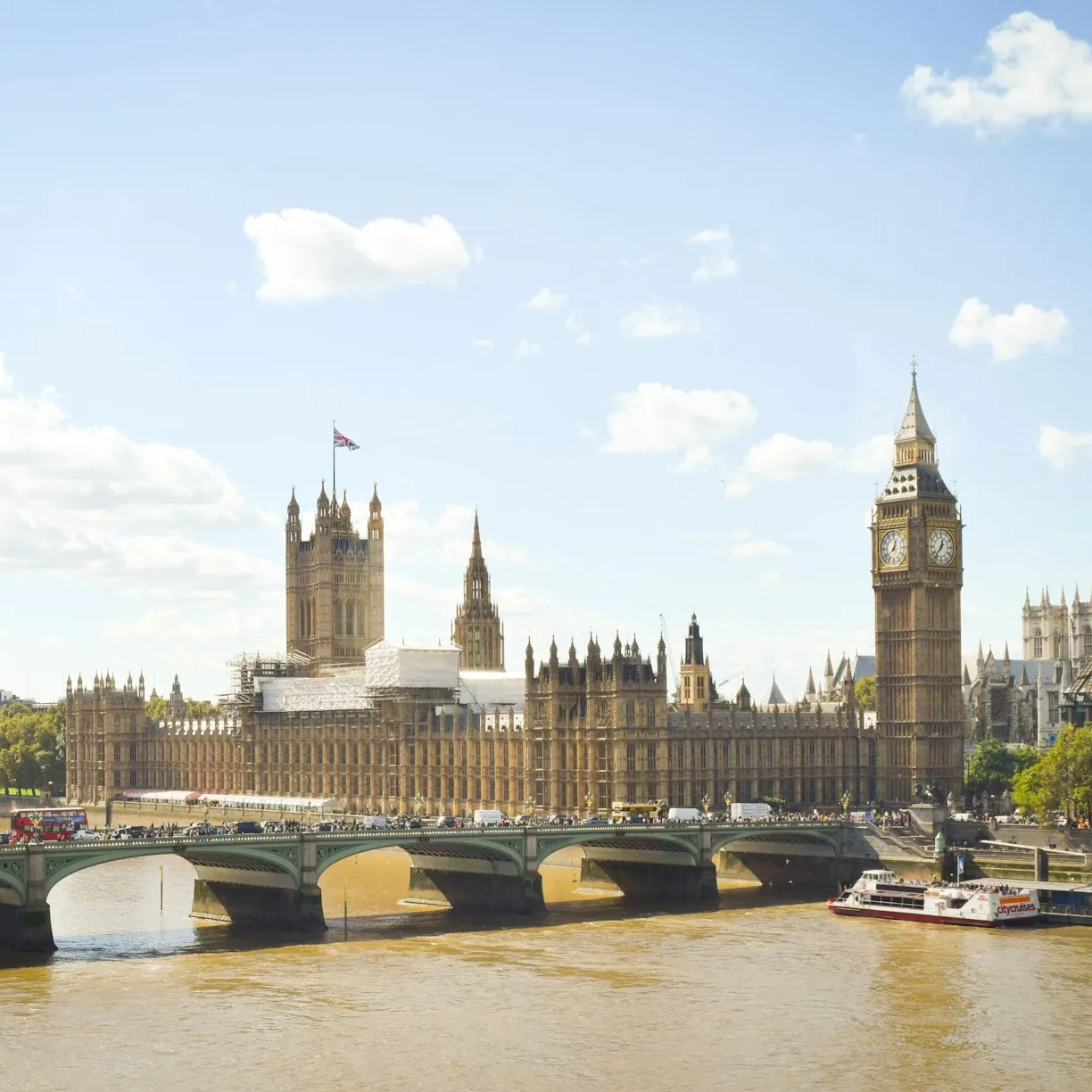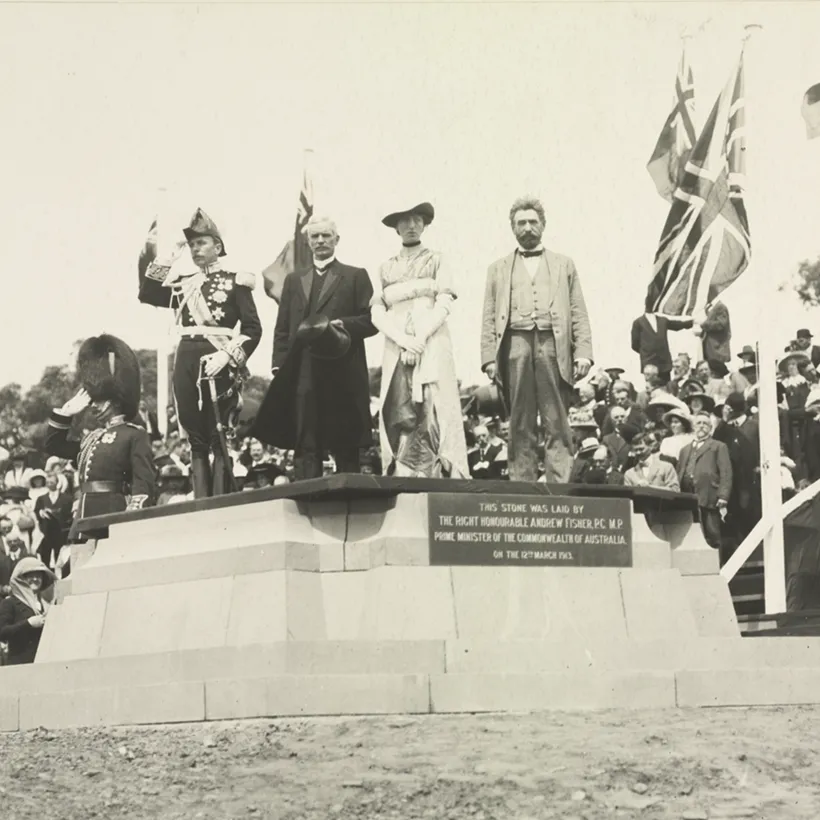Who knew that toilets would have such a complicated history?
- DateWed, 04 Mar 2015
The history of the lavatories of Old Parliament House has inspired more scrutiny and newspaper ink than you might think. Especially for the women in the building.
The first women were elected to Parliament in 1943 however the first ladies’ toilet was not established until 1974, 31 years' later. In 1943 Dame Enid Lyons was elected to the House of Representatives and Dorothy Tangney was elected to the Senate. They were the first women to enter the Australian parliament. Toilets for Members, Senators and Officials were for men only. The only toilets for women were for junior staff and visitors.
The situation finally changed in 1974, when Kathy Martin (LP) and Ruth Coleman (ALP) complained about the lack of amenities for female senators at which point a toilet on the Senate side was boxed in and it became the Ladies Toilet.
First unisex toilet
At the same time, women were claiming their rights in other parts of the building. In the Press Gallery, there were only male toilets. Gay Davidson of The Canberra Times came across one of the female teleprinter operators, who had a broken leg, hobbling off on the long hike to go to the nearest female toilet. Gay offered to stand guard outside the men’s toilet instead, and over the next few days used and encouraged other women to use the facility herself. She eventually told the Serjeant-at-Arms what was happening and the toilet officially became unisex.
Senator Susan Ryan, the ALP's first female Minister recalls her early days in the male-dominated Federal Parliament. 'They used to be labelled Senators and Ladies. After a couple of years they put male over the Senators, so now they are Male Senators and Ladies,' she said.
Women and politics at the time
When Kathy Martin and Ruth Coleman, entered Parliament this is how they were described in the Australian Women's Weekly in 1974:
'Although only a neat 7½ st., Kathryn Martin, of Queensland, evidently packs a man-sized punch in the political scene. Slim, with blond cropped hair and an attractive figure and legs, Miss Martin won a Senate seat for the Queensland Liberal Party. At 32, once married but divorced some years ago, she devotes most of her time to politics.'
'Green-eyed effervescent Ruth Coleman came to politics via her second marriage in 1967, to Jim Coleman Secretary of the Western Australian branch of the Trades and Labor Council. As the wife of a prominent trade union man, she naturally joined her local ALP branch.'
It may not be surprising to read this kind of commentary about female politicians from this era, but it remains shocking. If anything, it underlines the point that it took 31 years and some noisy complaining to get something as simple as a ladies lavatory. We need to remember the women that went ahead before us. For the big and small things they achieved just by being there. For the things they fought for. Including toilets.

